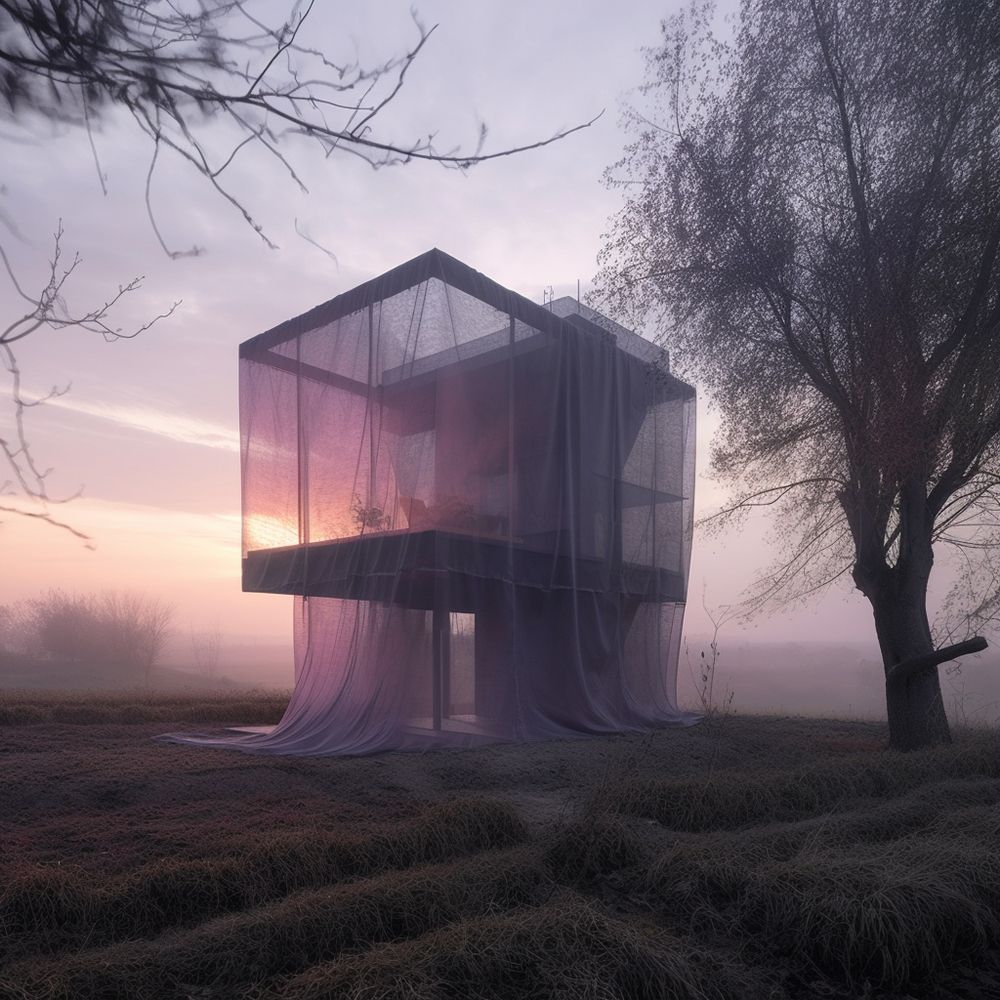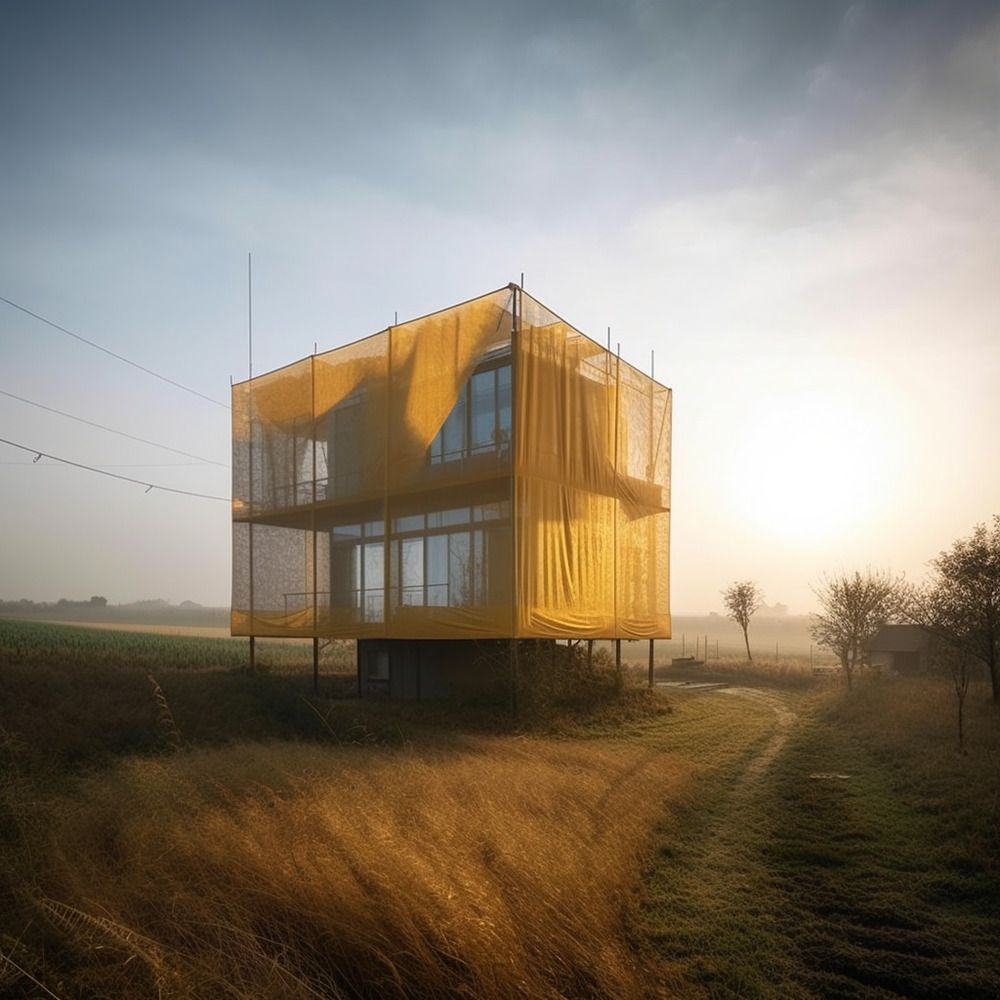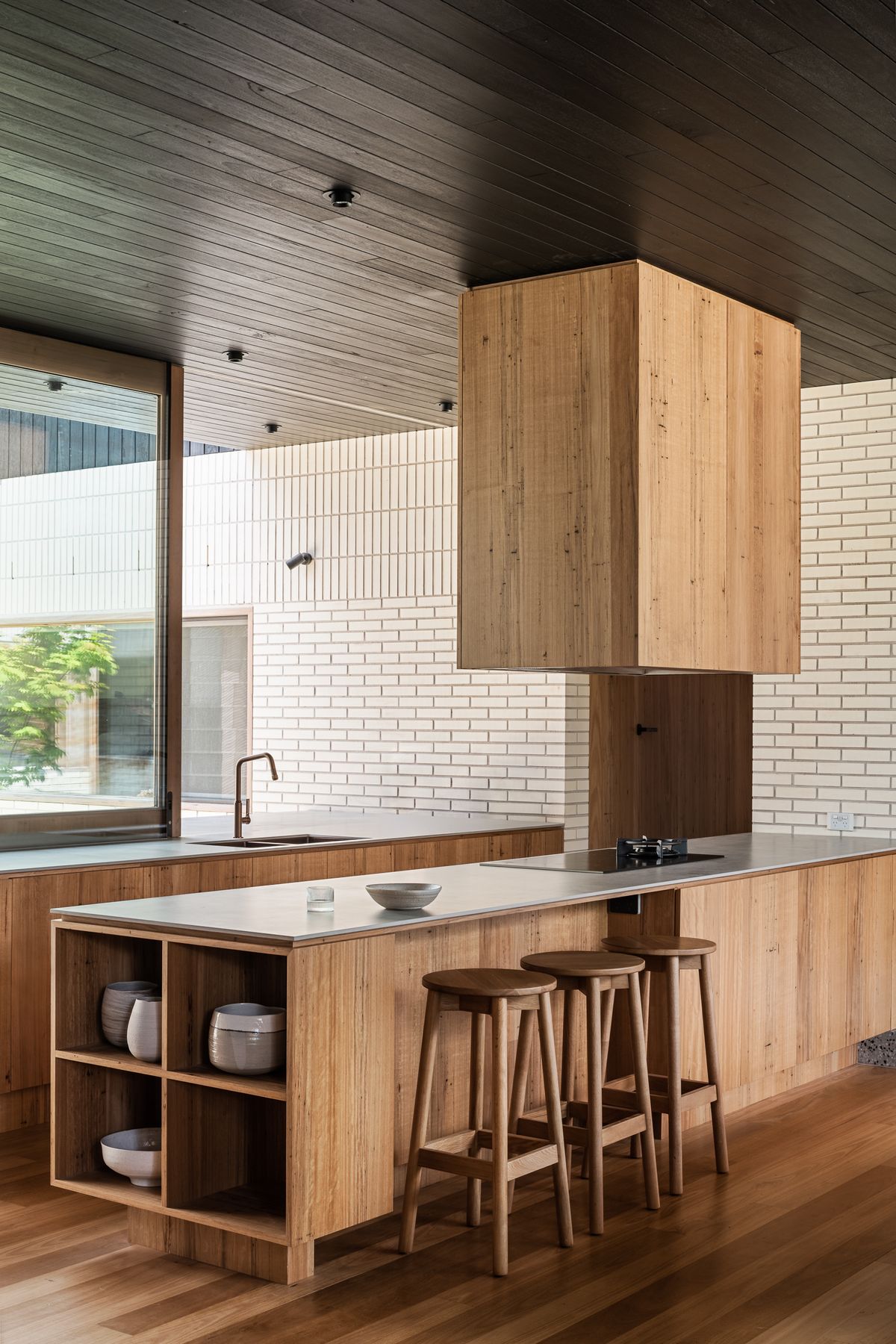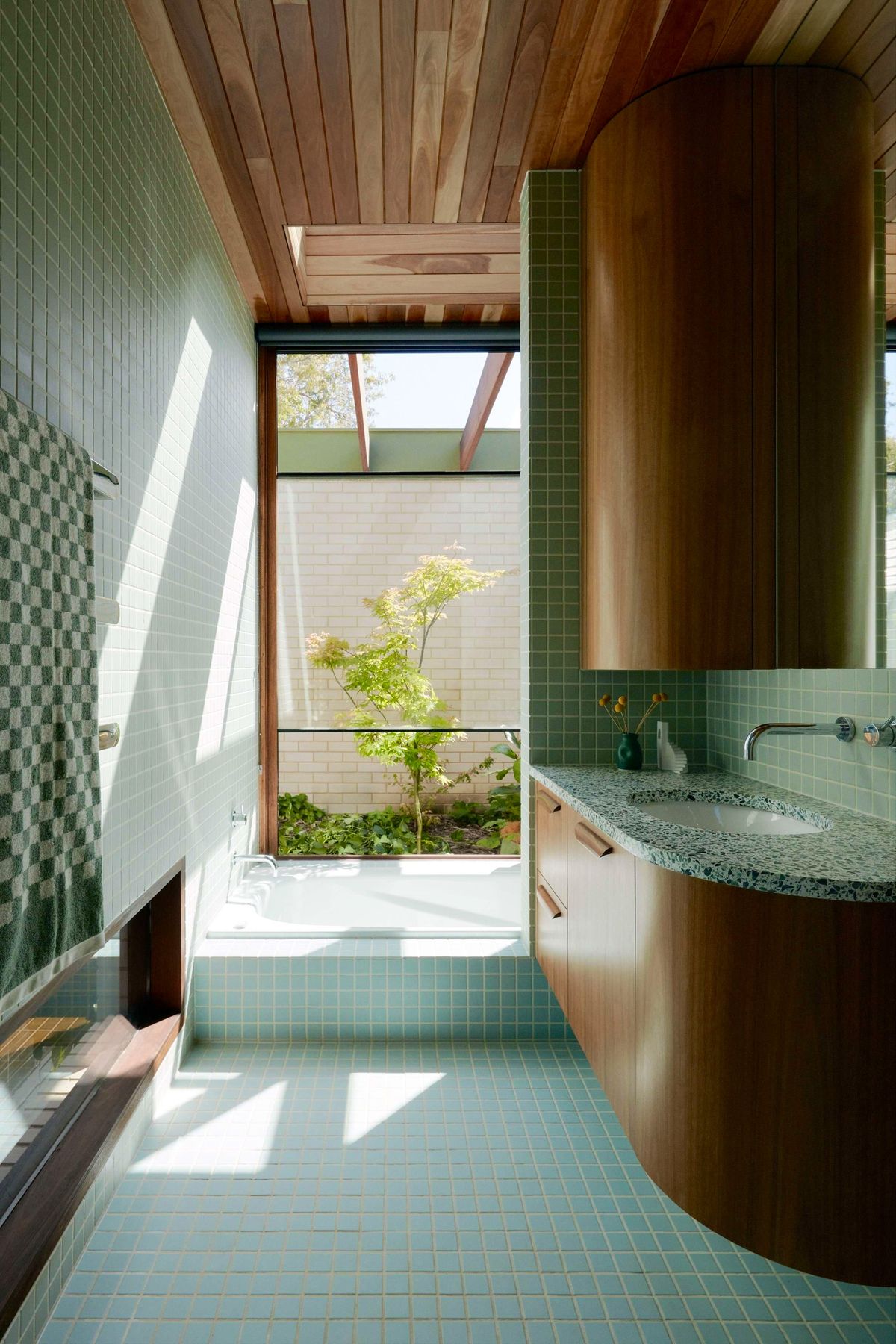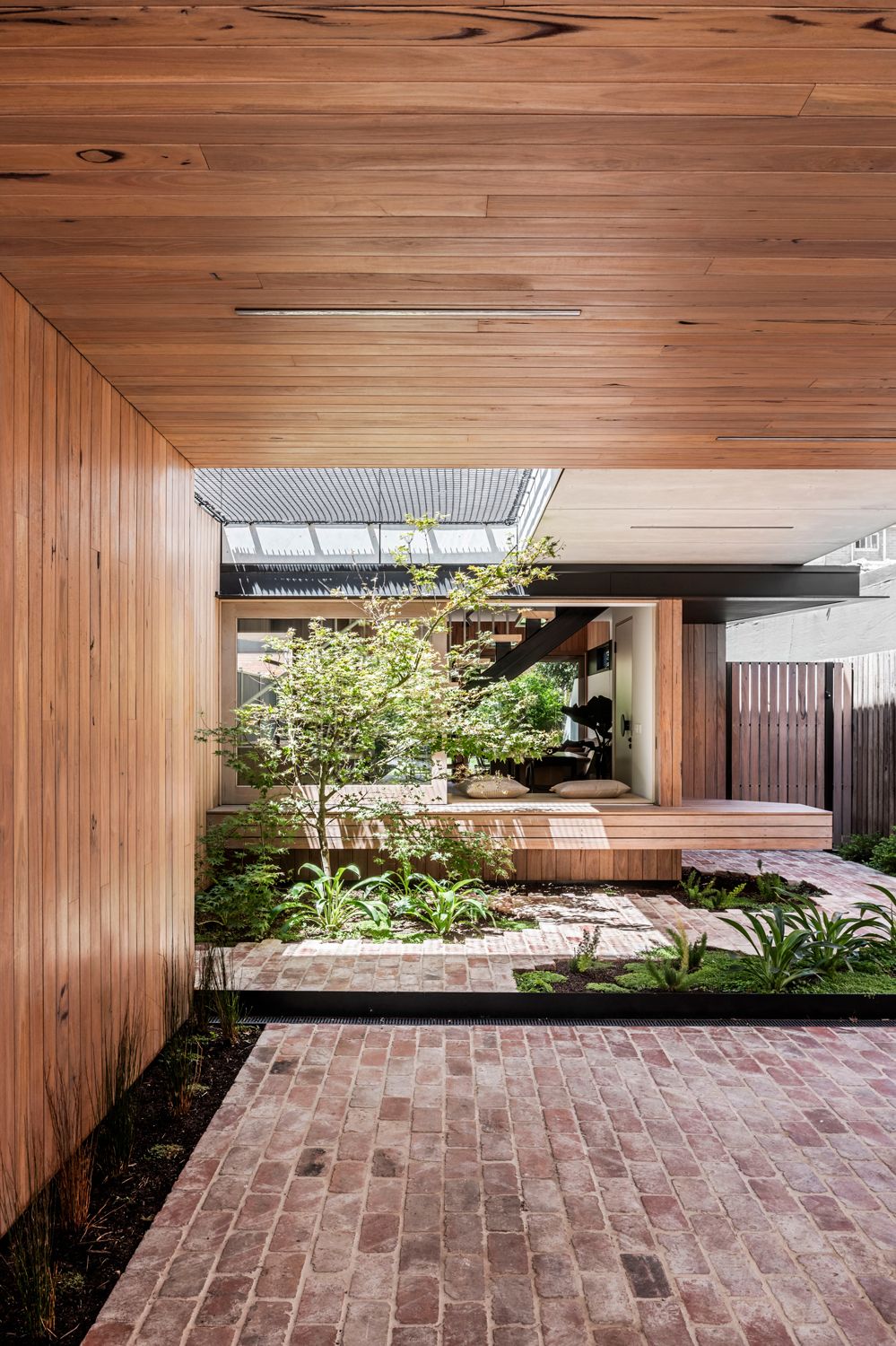The architecture industry is in flux, with artificial intelligence having more of an influence every day. So, whether you’re an AI evangelist or something of a sceptic, learning skills in this growing area is one way to enhance your architectural career.
While it’s still too early to say whether artificial intelligence will cause sweeping changes to architecture in either the short or long term, what’s clear is that businesses within and parallel to the industry are exploring whether AI delivers them value.
Currently, varied AI-powered software in development is changing what it means to work in architecture, with some tools automating tedious processes as others open up design possibilities. Are these tools the finished article? Perhaps not, but ignoring their potential won't help.
Carl Christiansen, creator of Spacemaker (now Autodesk Forma), argues AI tools are about augmenting, not replacing, the role of architects. “I call it ‘AI on the shoulder’ to emphasise that you’re still in control,” he said, encouraging architects to embrace technology rather than their trepidation.
So, what skills should you focus your attention on? And how might these translate to career growth for practitioners, new and old? Here, we look at how keeping up to date with AI in the architecture industry can benefit your career goals during this period of uncertainty.
Get to grips with AI software
Since artificial intelligence has exploded in popularity, a flurry of new software tools are up for consideration in design practices. While several leading firms have developed their own in-house tools, others are making the most of publicly available products that automate repetitive tasks and use data to enhance productivity.
Even if your firm hasn’t delved into AI yet, exploring software most relevant to your role is a smart way to keep up with the competition. Of course, learning how to use generative design tools like Midjourney and Stable Diffusion can give you a leg up. However, architecture-specific options like Maket, Architechtures and VisualizeAI might prove even more beneficial.
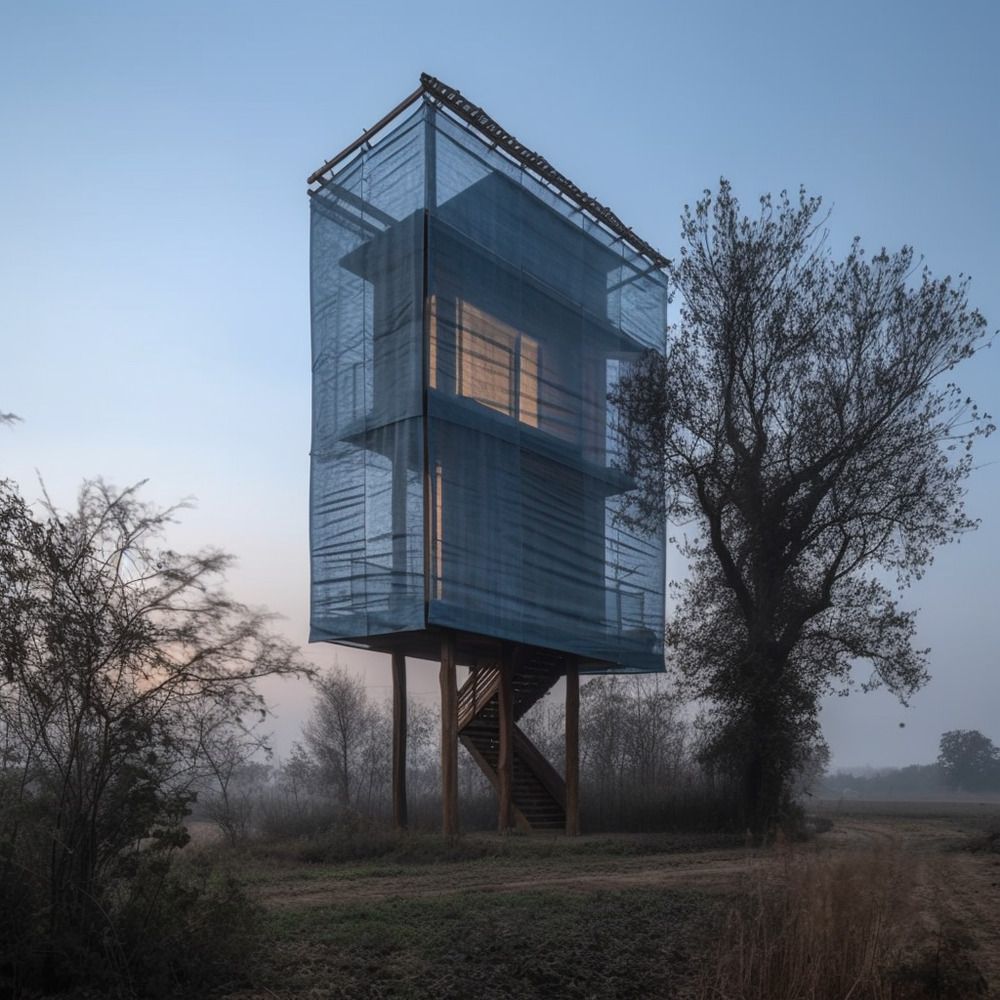
Master prompt writing
Perhaps the clearest way artificial intelligence and architecture have collided is through image-making tools like Midjourney, Stable Diffusion and Dall-E. Now, these text-to-image tools might deliver compelling pictures rather than fully-fledged plans, but their ability to complement brainstorming sessions during the concept phase shouldn’t be underestimated.
However, to produce the right results, you need to know what it takes to craft the ideal prompt. As it stands, tools like Midjourney respond best to highly specific prompts that avoid open-ended concepts and abstract ideas. Think in terms of objects, materials, viewing angles and even famous architects to generate the most impressive results.
Focus on communication
Strong communication has long been a part of being a skilled architect. Yet it’s bound to get even more important as artificial intelligence becomes more prevalent and accessible. Now that clients can generate their own renders with little regard for design constraints, some architects fear their role in the process will be overlooked. Knowing how to tactfully navigate these tricky conversations will be essential.
Architects might also collaborate with a broader range of professionals, such as AI software developers and data scientists. Meanwhile, architects might discover their value to a project being challenged by presumptuous clients. Justified or not, knowing how to communicate the importance of your firm’s design work and what you bring to their projects is crucial for connecting meaningfully with clients.
Research ethical considerations
Artificial intelligence might represent exciting possibilities for architects, but you shouldn’t dive into the technology without understanding potential ethical issues. One of the most troubling concerns about AI design is how existing algorithmic tools might reproduce the inherent biases in their training data. Taking steps to recognise and address this bias when using AI is vital.
As the work of architects directly involves public health and safety, developing a responsible approach to AI is paramount. In July 2023, the Association of Consulting Architects (ACA) submitted a ‘Responsible AI’ framework to the Australian Government, advocating for caution around AI’s ability to understand “integrity and creativity or the concern for humanity.”
Adapt alongside evolving technology
Architecture has long been shaped by emerging technologies. And while we can’t predict how AI will shape the future, striking the right balance between human-centric design and automation will be essential. This not only applies to the architecture industry itself but also to your individual career.
By staying on top of the latest AI software, understanding the ethical issues and knowing how to communicate your value in a changing marketplace, it’s possible to position yourself for whatever comes next in architecture. Seismic change or gradual shift, working with – not against – AI enhances your career's potential.
This article is part of our AI series, which explores the impact of artificial intelligence (AI) on design, architecture and humanity, both now and in the future.
